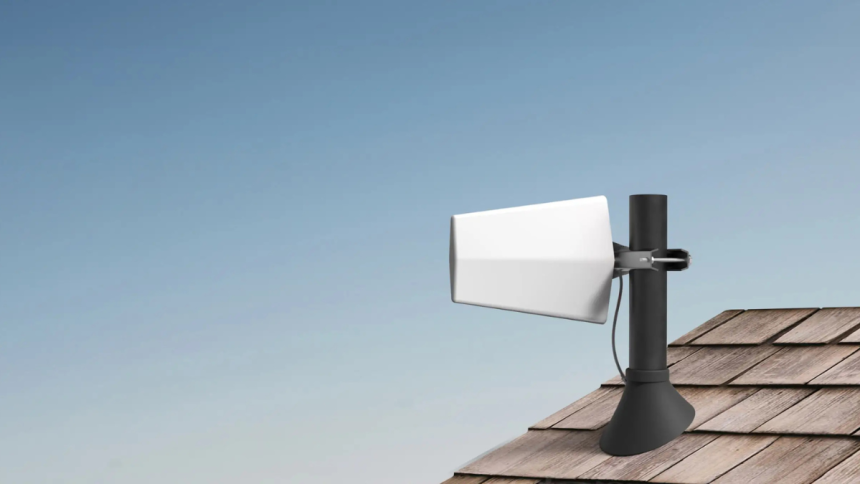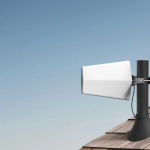If you’ve ever dealt with dropped calls, slow data, or poor reception at home or in your vehicle, you’ve likely heard about cellular signal boosters. These devices can dramatically improve your signal strength by amplifying the existing cell signal and rebroadcasting it where you need it most.
However, there are still plenty of misconceptions surrounding how these devices work and what they can actually do. Whether you’re considering one for your home, office, or road trips, it’s important to separate fact from fiction.
Here are the six most common myths about cellular boosters-and the truth behind each one.
Myth 1: Cellular Boosters Create Signal Out of Thin Air
The Reality: Signal boosters amplify existing cell signal, they do not generate a signal on their own. If there is absolutely no signal outside, a booster can’t help. These systems work by capturing a weak outside signal, amplifying it, and then redistributing it inside your home, office, or vehicle.
Before purchasing a booster, it’s essential to test your outdoor signal strength. Even a weak bar of signal can be enough for a booster to work effectively.
Myth 2: Boosters Only Work for Voice Calls
The Reality: Modern cellular boosters support voice, text, and data, including 4G LTE and even some 5G signals, depending on the model and carrier. If your phone uses your carrier’s licensed spectrum for calls and data (which most do), a signal booster will improve both call quality and mobile internet speeds.
This makes boosters a great solution for streaming, video calls, hotspot use, and remote work, not just traditional phone calls.
Myth 3: Boosters Don’t Work in Rural Areas
The Reality: Rural areas often have weaker signals due to distance from cell towers, but that’s exactly where a booster can make the biggest difference. In fact, many of the best-performing boosters are designed with high-gain outdoor antennas specifically for rural and off-grid use.
As long as there’s some signal outside, even if it’s weak, a booster can significantly improve indoor connectivity. Rural homeowners, overlanders, and RV travelers regularly use boosters to stay connected in remote areas.
Myth 4: All Boosters Are the Same
The Reality: Not all boosters are created equal. They vary by coverage area, signal strength, carrier compatibility, and use case (home, office, vehicle, RV, etc.). Some are better for small homes or apartments, while others are built for large multi-room buildings or mobile use.
Top brands like weBoost, SureCall, and HiBoost offer different models tailored to specific needs. Choosing the wrong booster can result in poor performance or no improvement at all, so always match the product to your unique setup.
Myth 5: Boosters Are Complicated to Install
The Reality: While commercial systems can be more complex, most consumer signal boosters are surprisingly easy to install. Home units typically involve three main components:
- An outdoor antenna mounted on a roof or wall
- An indoor amplifier
- An indoor antenna to rebroadcast the signal
Vehicle boosters are even simpler-usually plug-and-play with a magnetic roof antenna and a cradle or internal antenna. Many setups can be completed in under an hour with basic tools and no professional help required.
Myth 6: Boosters Are Illegal or Can Interfere With Cell Towers
The Reality: Cellular boosters are 100% legal in the U.S. and Canada-as long as they are FCC-certified and carrier-approved. Licensed manufacturers follow strict guidelines to ensure boosters don’t cause interference with network towers or other devices.
That said, it’s important to register your booster with your carrier (a simple online process) and avoid using unauthorized or unlicensed devices that could disrupt the network. Stick to certified products from trusted brands to ensure compliance and safety.
Final Thoughts
Cellular signal boosters are powerful tools for solving weak signal issues-but understanding how they work is key to getting the most out of them. By dispelling these common myths, you can make a more informed decision about whether a booster is right for your home, business, or vehicle.
From rural areas to urban dead zones, boosters offer a reliable, legal, and effective solution to staying connected when it matters most. Just remember: it’s not magic-it’s science, signal, and smart technology working together to keep your bars up.
Lynn Martelli is an editor at Readability. She received her MFA in Creative Writing from Antioch University and has worked as an editor for over 10 years. Lynn has edited a wide variety of books, including fiction, non-fiction, memoirs, and more. In her free time, Lynn enjoys reading, writing, and spending time with her family and friends.















